Artisans of Essential Oils
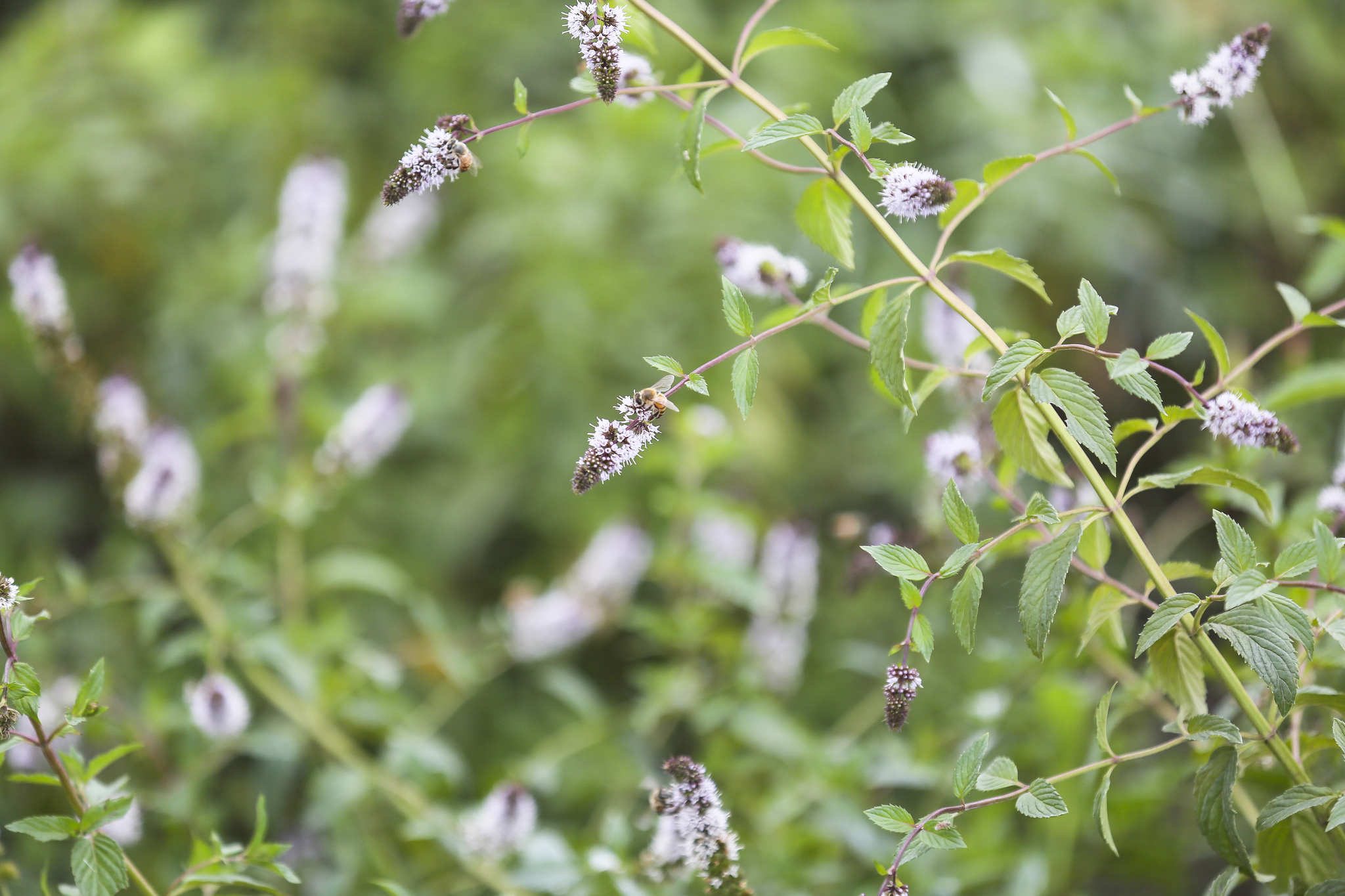


Since 1994, Young Living have been dedicating time, love and resources into discovering each plant’s unique needs. Because they are growers and not just suppliers, they ask the right questions of the plant. They experiment to find out what conditions each plant needs in order to gift us with the most potent essential oils. It is their thirst for knowledge, their foundation of experience, and their inventiveness and intuitiveness which keeps Young Living at the cutting edge of essential oil production, always going above and beyond.

As with any true artisan, Young Living invest enormous amounts of money and passion into getting to know every plant and its unique needs. And do you know who benefits from this? It’s us – the people who love and use these oils.
Better still, if you are like me and want to find out for yourself, you are welcome to visit their farms, and you will experience this dedication first hand!
Let’s look at some of the amazing facts that Young Living have investigated or discovered about plants and oils:
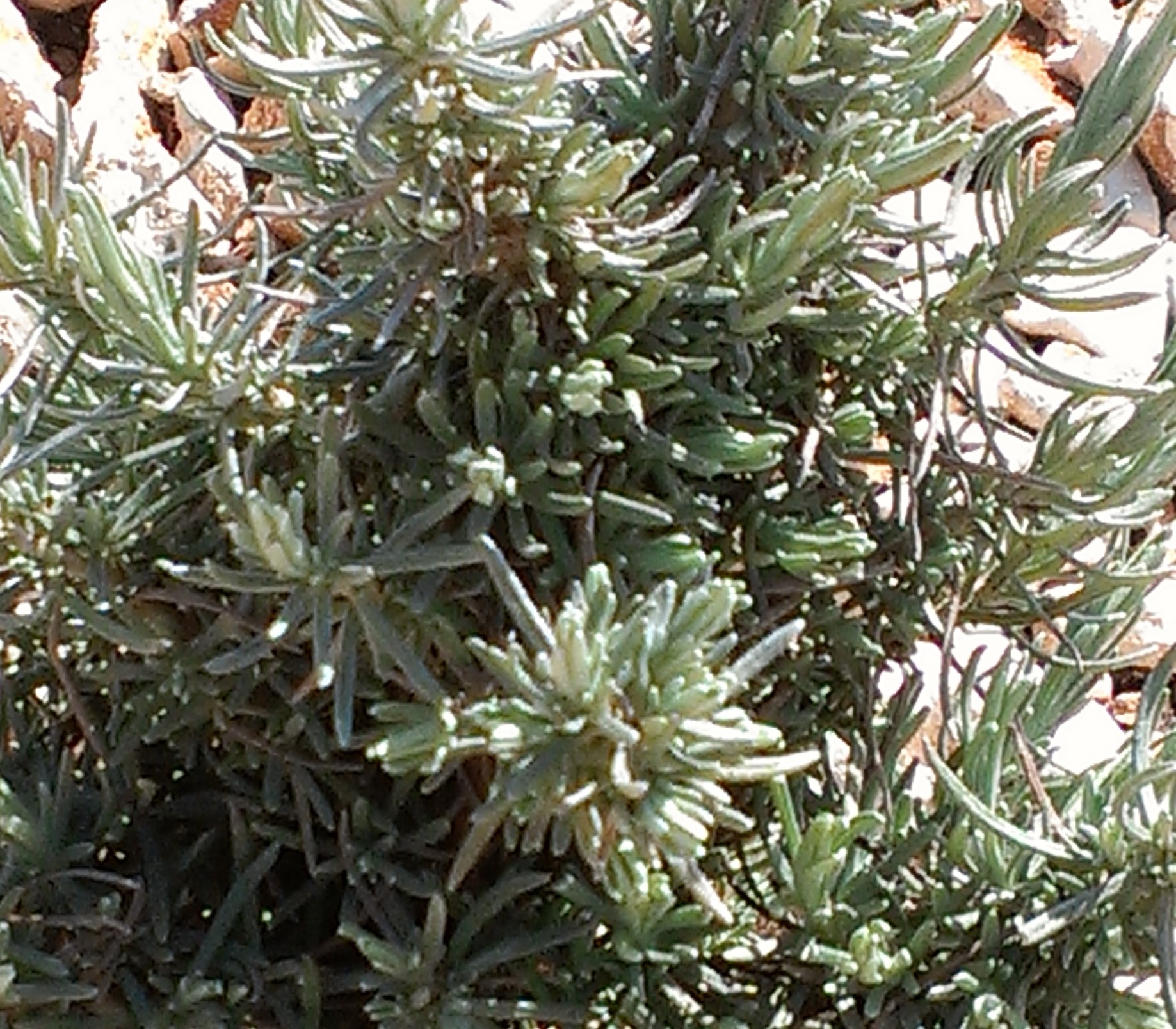
They knew that Helichrysum (the everlasting daisy – pictured here) likes rocky soil. But have you ever wondered what size rocks it prefers? Young Living tested this out on their farm in Croatia. They planted fields with small rocks, and fields with large rocks….and the Helichrysum that was planted in the field with the small rocks was the one that thrived!
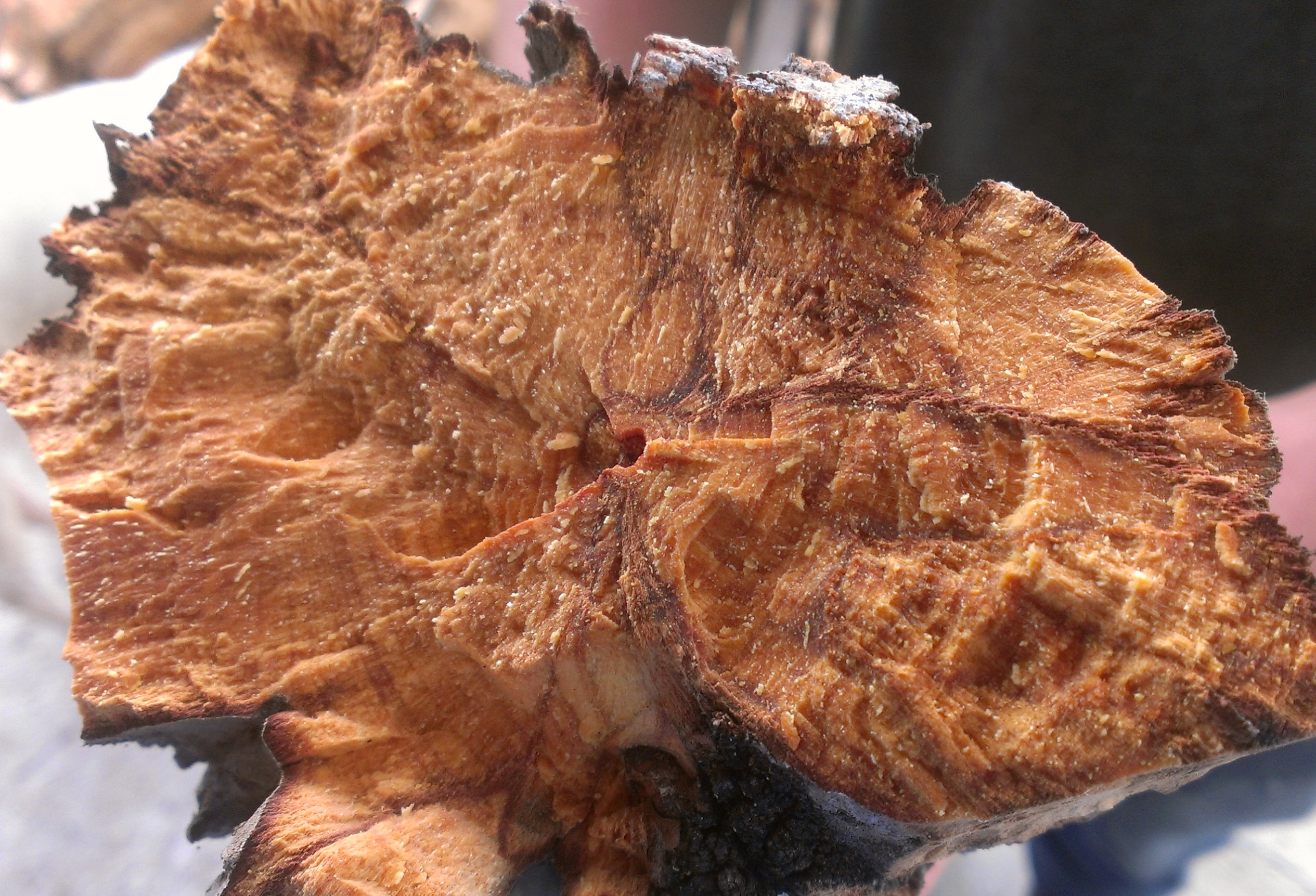 Palo Santo (also known as “Holy Wood) is a South American tree. Its oil lives in the heartwood of the tree. If you cut the tree down in order to chip the wood, you will get no oil. I think of this as Nature’s Revenge! However, if you allow the tree to die naturally, then 5 years after it has died you will be able to chip the wood and distill it to obtain oil. But even though it’s dead, the wood responds to the lunar cycle! So to obtain the best quality oil and the greatest yield, Palo Santo chips need to be distilled on the new moon to the quarter moon, when the moisture content in the wood is at its lowest.
Palo Santo (also known as “Holy Wood) is a South American tree. Its oil lives in the heartwood of the tree. If you cut the tree down in order to chip the wood, you will get no oil. I think of this as Nature’s Revenge! However, if you allow the tree to die naturally, then 5 years after it has died you will be able to chip the wood and distill it to obtain oil. But even though it’s dead, the wood responds to the lunar cycle! So to obtain the best quality oil and the greatest yield, Palo Santo chips need to be distilled on the new moon to the quarter moon, when the moisture content in the wood is at its lowest.
 Young Living discovered that Lavender oil is best harvested when the glucose content in the plant peaks. This doesn’t always correlate with the “traditional” time of harvesting, which is a set period after flowering. By using a Brix meter to test glucose content multiple times in the day, Young Living can work out the precise time for harvesting. Does this make a difference? You bet! The oil harvested when the glucose content is at its peak is richer in constituents, and that’s what we want. But it doesn’t stop there. It’s also been discovered that if you wait several days before you then cook (distil) your lavender stalks, in that time the plant becomes stressed from lack of water in the stalks. Thinking it’s under some type of attack, it converts more of its glucose into essential oils, so you get a better yield as well.
Young Living discovered that Lavender oil is best harvested when the glucose content in the plant peaks. This doesn’t always correlate with the “traditional” time of harvesting, which is a set period after flowering. By using a Brix meter to test glucose content multiple times in the day, Young Living can work out the precise time for harvesting. Does this make a difference? You bet! The oil harvested when the glucose content is at its peak is richer in constituents, and that’s what we want. But it doesn’t stop there. It’s also been discovered that if you wait several days before you then cook (distil) your lavender stalks, in that time the plant becomes stressed from lack of water in the stalks. Thinking it’s under some type of attack, it converts more of its glucose into essential oils, so you get a better yield as well.
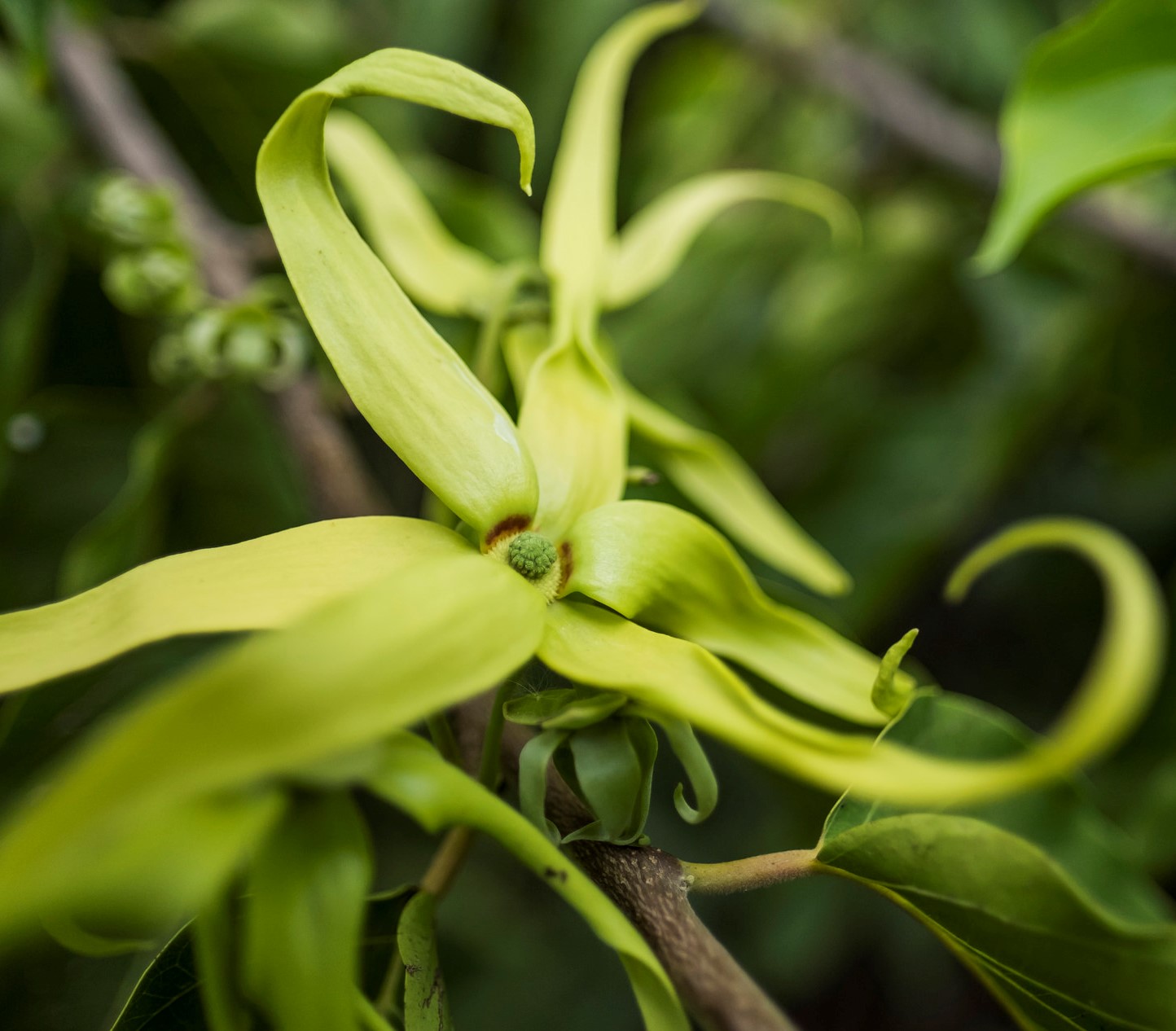
Jasmine and Ylang Ylang blossoms must be collected early morning when the fragrance is strongest. In fact, it takes 3.6 million fresh, unsquashed Jasmine blossoms (ie. about 1000 pounds) to make one pound (450g) of Jasmine oil….and this sells for between US$1200 and US$4500. So if you know that synthetic Jasmine oil sells for about US$3.50 per pound, you can see why there is so much incentive for unscrupulous suppliers to adulterate and “extend” their real Jasmine oil with synthetic additives, thus increasing their profit margin.
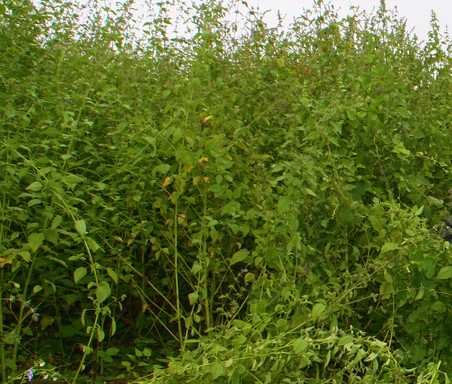
When Young Living first discovered the plant called Dorado Azul, it was a weed, and not even botanically named! Young Living had the privilege of naming it Dorado Azul, meaning “Golden Blue” to honour its beautiful colours. Gary Young was living in Ecuador at the time, and he had a field of mature plants, another field of plants that were 4 weeks old, and another field of plants that had been cut and so the new growth was only 3 days old. Gary was distilling all 3 in order to understand which one gave the best essential oil profile, meaning it would be the most beneficial for us to use.
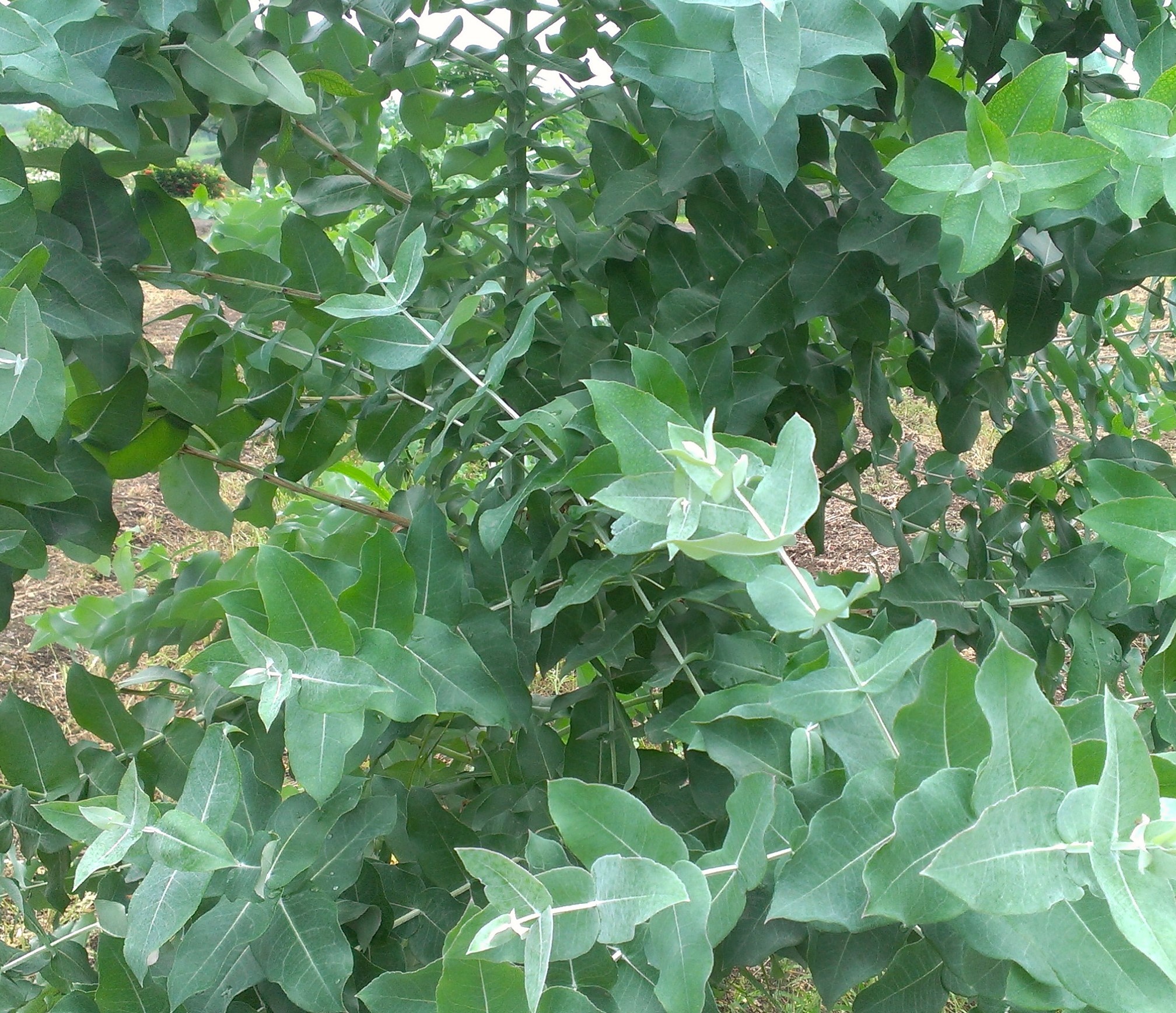
A similar thing happened with Eucalyptus Blue. This beautiful Eucalyptus tree has 2 very distinctive types of leaves on it – the young leaves and the older leaves. Young Living distilled each type separately, to discover which one was producing the best essential oil profile.
So you can see how much Young Living love plants, and strive to understand the unique needs of every plant. This is no mean feat, given the 80 or more single oils that they produce, each one different. It’s rather like having a harem of 80 women and spending a life-time loving them and getting to know their individual tastes and idiosyncrasies!
However, caring for plants is still only one facet of what Young Living does to create the best essential oils on the Planet. How about the environmental ethics of essential oil production, and the risk of obtaining oils that are from plants grown from genetically-modified stock?
Young Living use a proprietary Seed to Seal process to ensure the quality of every step in the production process.
Learn about Seed to Seal